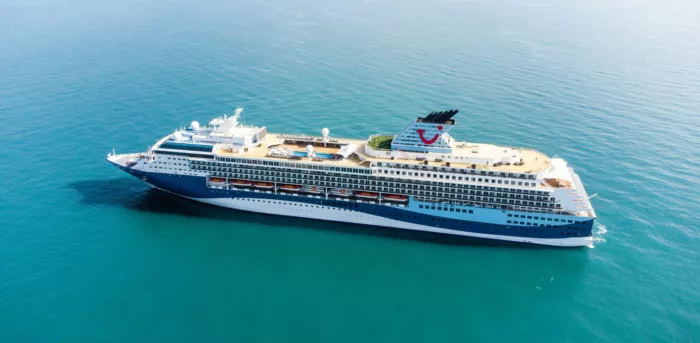
Marella Cruises
Marella Cruises – formerly Thomson Cruises - is to add a fifth ship to its fleet in 2023. Having parted with Marella Celebration and Marella Dream during the pandemic, the line is to acquire Mein Schiff Herz from the parent TUI Group and convert it into Marella Voyager.
The new addition, originally from the same Celebrity Cruises Century-Class as Marella Explorer and Explorer 2, will feature two new venues for Marella – a Mexican diner and a secret speakeasy bar.
1814
Passengers
800
Crew
2019
Launched
71545t
Tonnage
246m
Length
32m
Width
19kts
Speed
14
Decks
GBP
Currency
Cruise Itinerary
Day 1
Dubrovnik, Croatia
Day 2
At Sea
Relax and make the most of the myriad of facilities available on board the ship, from fantastic entertainment to delicious and diverse dining options.
Day 3
Koper, Slovenia
Day 4
Trieste, Italy
Day 5
Zadar, Croatia
Day 6
Split, Croatia
Day 7
Kotor, Montenegro
Day 8
Dubrovnik, Croatia

Day 1
Dubrovnik, Croatia

Day 2
At Sea

Day 3
Koper, Slovenia

Day 4
Trieste, Italy

Day 5
Zadar, Croatia

Day 6
Split, Croatia

Day 7
Kotor, Montenegro

Day 8
Dubrovnik, Croatia
Ship Details


Marella Cruises
Marella Explorer 2
There’s a suitably grown-up feel to this adults-only ship. We’ve cherry-picked some of the facilities from its sister ship Marella Explorer, like The Dining Club and Indigo Bar, Club and Casino. But there are some special one-offs, too, like themed bars and eateries.
Cabins
All Prices














